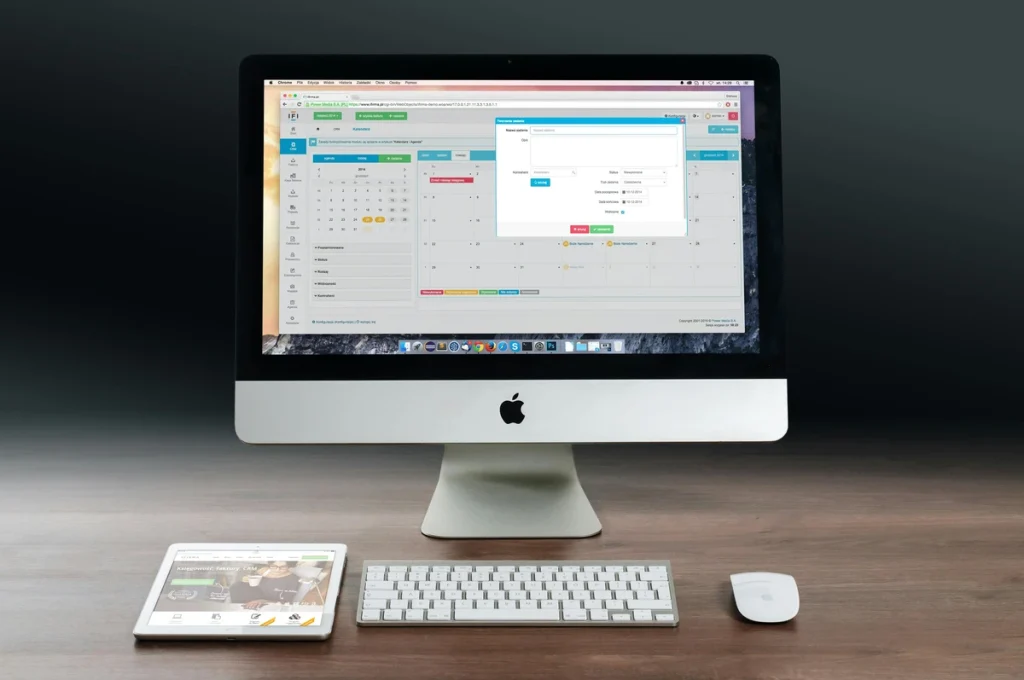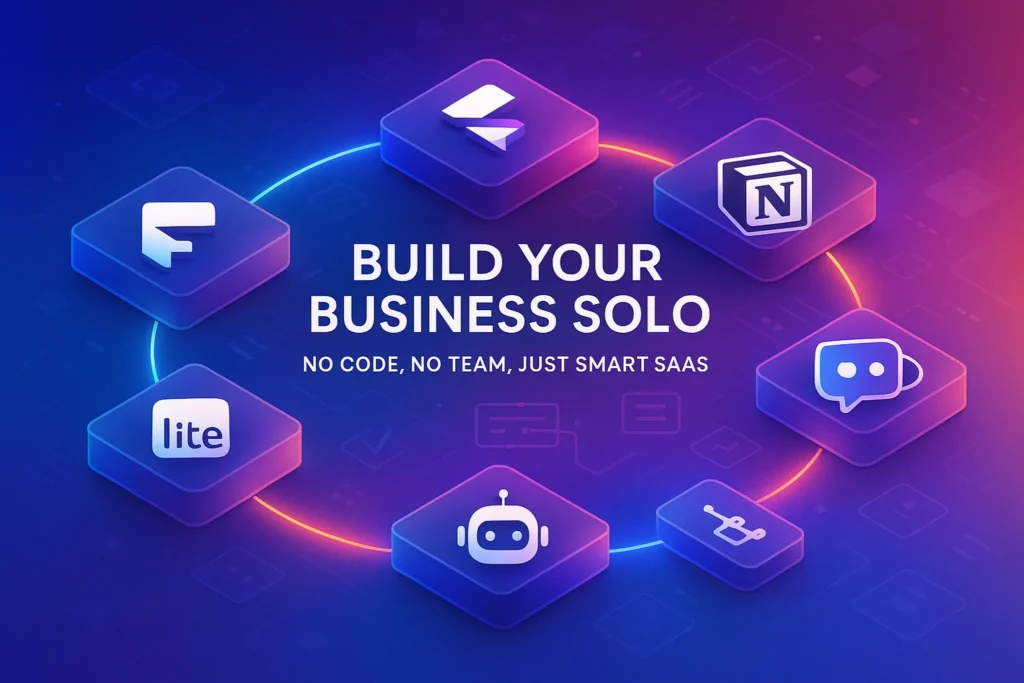Introduction: Why Influencer Campaigns Need Better Tools
Influencer marketing has evolved far beyond one-off collaborations. Today, brands expect measurable ROI, clear audience targeting, and seamless campaign execution. But running influencer campaigns manually—juggling spreadsheets, emails, and DMs—quickly becomes unmanageable. The right tools not only streamline influencer discovery and outreach but also automate reporting, track performance, and ensure compliance with brand guidelines.
The influencer landscape is highly competitive, with creators producing endless content on TikTok, Instagram, YouTube, and beyond. Brands that succeed aren’t just choosing the right influencer—they’re using the right stack of tools to scale operations and keep campaigns efficient. Whether you’re a startup running its first campaign or an established brand juggling hundreds of creators, managing influencer marketing with purpose-built software is no longer optional—it’s essential.
💡 Imagine running 50 influencer partnerships without a single messy spreadsheet. That’s what these tools make possible.
Aspire – End-to-End Influencer Marketing Platform
Aspire (formerly AspireIQ) is built as a comprehensive influencer campaign hub. It allows brands to discover creators through a searchable database, manage contracts, and monitor performance in real time. Its strength lies in collaboration features—brands can upload briefs, share content guidelines, and approve drafts within the platform itself. This eliminates the endless email back-and-forth that slows down most influencer campaigns.
For brands that prioritize ROI, Aspire integrates directly with e-commerce platforms, allowing sales attribution to specific influencers. This is critical for proving campaign impact beyond vanity metrics like likes and comments. If your brand already works with affiliate tracking (see our guide on the Best Tools for Tracking Affiliate Marketing Performance), Aspire creates a natural bridge by connecting awareness-driven influencer content with performance-based affiliate sales.
Upfluence – Influencer Search Meets Analytics
Upfluence positions itself as a data-first influencer marketing solution. It doesn’t just help you find influencers—it lets you analyze their audience demographics, engagement quality, and brand alignment before you commit. This helps avoid partnerships with inflated follower counts or inauthentic engagement.
The platform’s biggest advantage is its ability to manage campaigns across multiple platforms, from TikTok to Twitch. This cross-platform reach ensures brands aren’t confined to one channel, making it easier to run diverse campaigns. For businesses using all-in-one platforms for broader marketing (like those highlighted in our breakdown of the Best All-in-One Marketing Platforms for Startups), Upfluence acts as the influencer-specific layer of that ecosystem.
💬 Think about it: wouldn’t you rather invest in an influencer whose audience aligns perfectly with your target customers instead of guessing?
Grin – Built for E-commerce-Driven Influencer Campaigns
Grin has carved out a niche by focusing on direct-to-consumer (DTC) and e-commerce brands. It integrates deeply with Shopify, WooCommerce, and other e-commerce tools, so every influencer campaign can be tied directly to sales. Instead of tracking vague impressions, you get dashboards showing how many products were sold thanks to a specific influencer’s content.
Beyond e-commerce integration, Grin also streamlines influencer gifting—a common tactic where brands send free products for creators to review or feature. The platform handles inventory, shipping, and even follow-up reminders to ensure products turn into content. If you’ve already invested in strong landing page setups (see our post on the Best Landing Page Builders for Marketers), combining those with Grin’s tracking creates a closed loop from influencer content → landing page traffic → checkout.
CreatorIQ – Enterprise-Grade Influencer Marketing
CreatorIQ is designed for large organizations and agencies that manage hundreds or thousands of influencers. It offers powerful features like advanced fraud detection, compliance tools for FTC disclosures, and deep analytics dashboards for proving ROI at scale.
One standout feature is its API-driven ecosystem, which allows enterprise teams to connect CreatorIQ with CRMs, reporting dashboards, and custom-built workflows. This makes it an excellent fit for brands that already automate customer feedback collection (see our guide on How to Automate Customer Feedback Collection) and want to loop influencer insights directly into their broader customer data pipeline.
For enterprises, scalability isn’t just a bonus—it’s survival. CreatorIQ ensures campaigns stay consistent, compliant, and measurable even as they grow to global scale.
Traackr – Data-Driven Influencer Relationship Management
Traackr focuses heavily on influencer relationship management (IRM), treating influencers more like long-term partners than one-off campaign hires. It offers in-depth reporting on influencer reach, brand safety, and historical collaboration performance. Its “Influence Benchmarking” tool lets brands compare campaign performance to industry averages, which is especially useful for optimizing budgets.
For marketers already diving into AI-powered solutions (see our article on AI-Powered Tools for Social Media Marketing), Traackr complements that by bringing human relationship insights into the data-driven mix. By tracking influencer history and sentiment, it ensures you build campaigns around trust and authenticity, not just algorithms.
📬 Want More Smart Marketing Tips?
Join our free newsletter for weekly insights on influencer marketing, automation tools, and future tech—delivered straight to your inbox. No fluff. Just high-quality strategies for creators, founders, and digital marketers.
🔐 Privacy-first. No spam. Just value-packed marketing insights from NerdChips.
ROI Measurement & Attribution in Influencer Campaigns
One of the biggest challenges in influencer marketing is proving that campaigns actually deliver results. Vanity metrics like likes and follower counts are easy to screenshot, but they rarely translate into business outcomes. True ROI comes from tracking conversions, sales, or lead generation tied directly to influencer efforts.
Modern influencer platforms like Aspire and Grin solve this by integrating with e-commerce systems or providing affiliate-style tracking links. For example, if you run a skincare brand and gift an influencer your latest product, you can generate a UTM-coded link or discount code. Every sale made through that link gets attributed back to the influencer, showing you exactly who is driving measurable revenue.
The most common KPIs for influencer campaigns include Cost Per Engagement (CPE), Cost Per Acquisition (CPA), and Return on Ad Spend (ROAS). Having these metrics inside the dashboard means you no longer need to stitch together spreadsheets and Google Analytics manually. For marketers already using robust reporting (see our post on Best Tools for Tracking Affiliate Marketing Performance), influencer attribution feels like a natural extension of performance marketing.
Compliance & Legal Considerations
As influencer marketing has matured, regulators worldwide have started enforcing stricter compliance rules. In the U.S., the FTC requires influencers to clearly disclose paid partnerships using tags like #ad or #sponsored. In the UK, the ASA enforces similar rules. Failure to disclose can lead to fines or reputational damage—not just for the influencer, but for the brand.
Influencer management platforms help brands navigate this by building compliance directly into workflows. Tools like CreatorIQ and Traackr automatically scan influencer posts to confirm they include proper disclosures. Some even flag potential violations before the content goes live. This proactive monitoring ensures campaigns remain legally safe and ethically transparent.
For brands scaling globally, compliance tools are invaluable. Each country has its own disclosure expectations, and keeping up manually is impossible. By embedding legal checkpoints inside influencer software, you eliminate risks and protect both your reputation and your budget.
Case Study: From Chaos to Clarity
Consider a mid-sized fashion startup launching a new eco-friendly sneaker. Initially, the marketing team managed influencer outreach manually via spreadsheets and email threads. They struggled to keep track of who had received sample products, which creators had posted, and whether sales were being generated. Campaign ROI was practically impossible to measure.
After adopting Aspire, the brand consolidated influencer communications, content approvals, and performance tracking into one platform. Each influencer received a unique discount code for their followers. Within the first three months, the brand could see that just five out of twenty influencers were responsible for 70% of sales. This insight allowed them to double down on top performers, renegotiate contracts, and save thousands by cutting underperforming partnerships.
This case illustrates a broader truth: tools don’t just save time—they reveal actionable data that helps brands make smarter investment decisions. Instead of guessing which creators to re-hire, you know exactly who moves the needle.
Integration with the Broader Marketing Stack
Influencer marketing rarely exists in isolation. Campaigns often touch multiple channels: email, paid ads, landing pages, and customer feedback loops. That’s why integration is critical.
Platforms like Grin and Upfluence connect directly with CRMs and e-commerce systems, ensuring influencer data flows into the same dashboards you use for other marketing campaigns. This creates a “single source of truth” for reporting. Imagine running a campaign where influencer-driven leads are automatically added to your CRM, nurtured through email sequences, and tracked against customer lifetime value (CLV).
This is also where synergy with Best All-in-One Marketing Platforms for Startups comes in. While those tools unify core channels, influencer platforms add a specialized layer for managing external creators. Combined, they ensure influencer campaigns don’t feel siloed but instead feed the same ecosystem as ads, newsletters, and feedback tools (like those mentioned in How to Automate Customer Feedback Collection).
The Future of Influencer Campaigns (2025–2030)
Influencer marketing is rapidly evolving. In the next five years, three major trends are set to shape the industry:
-
AI-Driven Discovery: Instead of manually searching databases, brands will increasingly use AI-powered tools to identify influencers based on predicted brand fit, audience overlap, and historical performance.
-
Virtual Influencers: CGI-generated creators, like Lil Miquela, are already attracting millions of followers. Brands will begin hiring digital personas who can’t miss deadlines, never cause scandals, and operate 24/7.
-
Automation from Brief to Report: The future isn’t just about discovery—it’s about automation across the entire lifecycle. Imagine a platform that auto-generates influencer briefs, schedules posts, tracks conversions, and generates campaign reports without human intervention.
This evolution mirrors the way marketing automation reshaped email and paid ads. Influencer marketing is heading in the same direction: smarter, faster, and more measurable.
🎨 Common Mistakes to Avoid in Influencer Campaigns
Even with the best tools, mistakes can sink your influencer efforts. Here are the pitfalls every brand should avoid:
-
Partnering with influencers based solely on follower count without analyzing engagement quality.
-
Failing to set clear contracts and deliverables, leading to misaligned expectations.
-
Ignoring compliance rules around disclosure, risking fines and reputational damage.
-
Treating influencers as one-off contractors instead of building long-term relationships.
-
Neglecting post-campaign analysis, which prevents learning and optimization.
When tools are combined with strategy and foresight, these mistakes become preventable. The best campaigns are not just well-managed—they’re thoughtfully designed to be repeatable and scalable.
🎨 Quick Comparison Table
| Tool | Best For | Key Features |
|---|---|---|
| Aspire | All-in-one management | Briefs, approvals, ROI tracking |
| Upfluence | Cross-platform analytics | Influencer search + demographic insights |
| Grin | E-commerce campaigns | Shopify integration, gifting workflows |
| CreatorIQ | Large agencies & enterprises | Compliance, fraud detection, API access |
| Traackr | Long-term relationship building | IRM, influence benchmarking |
🧠 Nerd Verdict
Influencer campaigns succeed when creativity meets scalability. These tools don’t replace human judgment, but they eliminate bottlenecks, add accountability, and ensure every partnership is measurable. If your brand is serious about influencer marketing in 2025, investing in these platforms is the difference between chaotic guesswork and consistent growth.
❓ FAQ: Nerds Ask, We Answer
💬 Would You Bite?
If you had the chance to manage all your influencer campaigns from a single dashboard—tracking ROI, sending briefs, and automating follow-ups—would you make the switch today?



